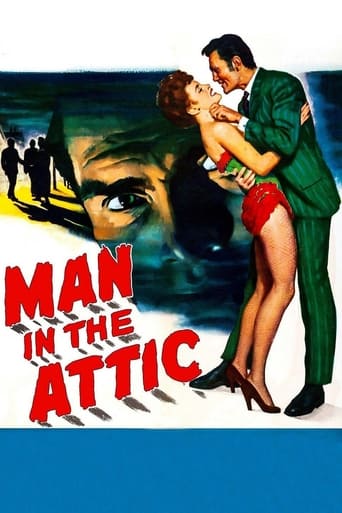


Man in the Attic
London, 1888: on the night of the third Jack the Ripper killing, soft-spoken Mr. Slade, a research pathologist, takes lodgings with the Harleys, including a gloomy attic room for "experiments." Mrs. Harley finds Slade odd and increasingly suspects the worst; her niece Lily (star of a decidedly Parisian stage revue) finds him interesting and increasingly attractive. Is Lily in danger, or are her mother's suspicions merely a red herring?
-
- Cast:
- Jack Palance , Constance Smith , Byron Palmer , Frances Bavier , Rhys Williams , Sean McClory , Leslie Bradley


Similar titles
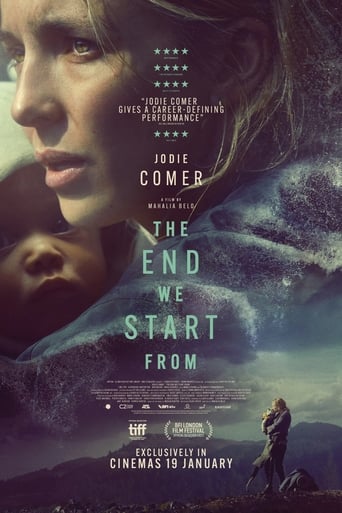
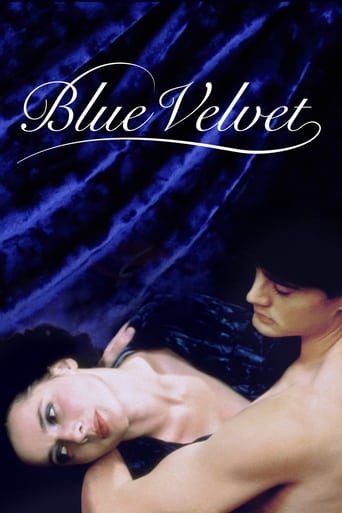
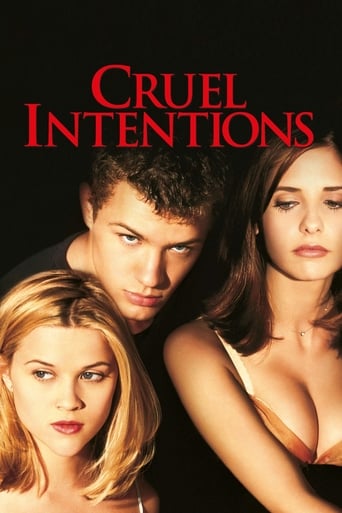
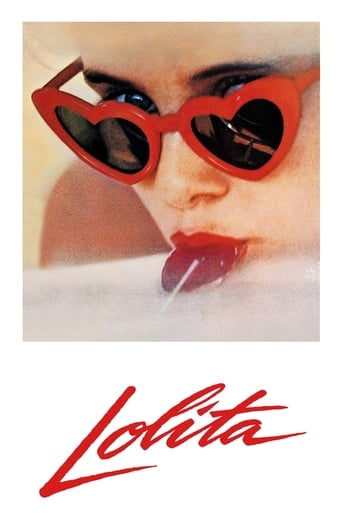

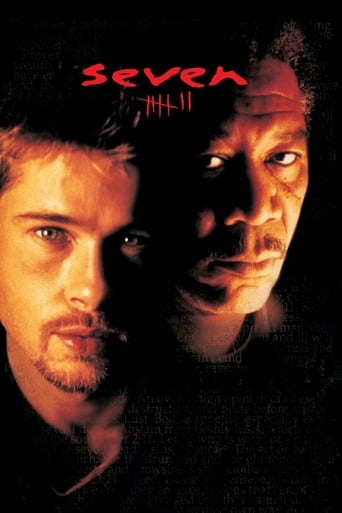
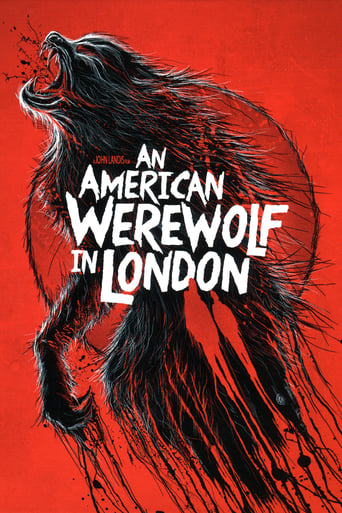
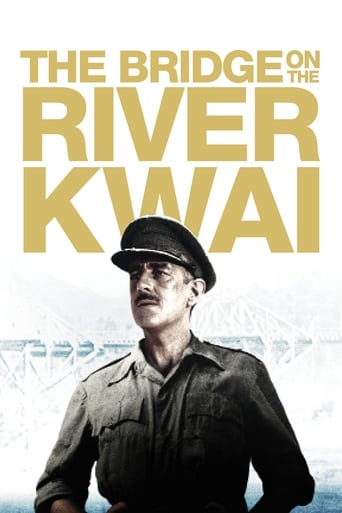
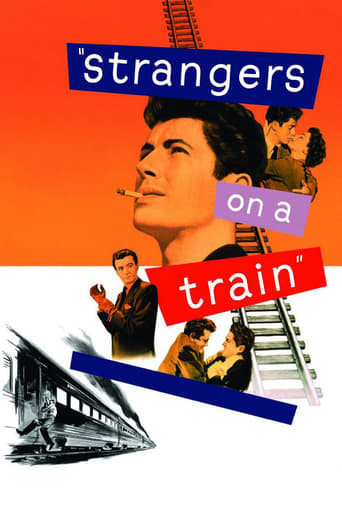
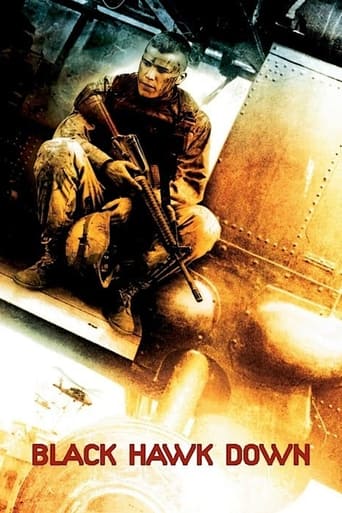
Reviews
You won't be disappointed!
Must See Movie...
At first rather annoying in its heavy emphasis on reenactments, this movie ultimately proves fascinating, simply because the complicated, highly dramatic tale it tells still almost defies belief.
A terrific literary drama and character piece that shows how the process of creating art can be seen differently by those doing it and those looking at it from the outside.
This film has been quite well-reviewed elsewhere here, so I will confine myself to making some pertinent comments left pretty much unaddressed elsewhere: For a film that depends so much on late-19th century English atmosphere, and somewhat achieves it visually, the accents of the six leading actors in it can be jarring, to say the least. Only Lester Matthews as a senior inspector really sounds British. Jack Palance sounds unambiguously American, as does Frances Bavier, while Rhys Williams as Bavier's husband sounds Welsh (which he was). Byron Palmer, who had only recently opened his mouth in TONIGHT WE SING to have Jan Peerce's voice come pouring out, was not a bad actor, but was a very poor choice for an English police inspector (especially next to George Sanders in the 1944 version) and also comes over as totally American. Constance Smith was Irish, but even she sounds more American than British. This wouldn't be important in a film with characters of diverse national backgrounds (think CASABLANCA), but a polyglot Jack the Ripper story is unconvincing.Many of the distance or action scenes in this film (the police climbing balconies, rooftops and the like) are actually taken right out of 1944's THE LODGER, and only portions of such scenes re-filmed to show the actors in this production, thereby contributing to its B-movie appearance.Constance Smith is quite good, and far more believable in her role than was Merle Oberon nine years earlier. Ms. Oberon came over as a bit too mature and certainly a bit too classy to be a Music Hall Queen, and she did not dance or high kick half as well as Ms. Smith.The Ripper is described as 'of average height', yet Jack Palance is anything but of average height and build and is of such huge presence that he would stand out in almost any crowd.Motivation is considerably changed between the 1944 and 1953 versions: In the earlier film, Cregar's character is psychologically forced to do the things he does by the death of his beloved brother, brought to ruin by a loose actress. In the 1953 version, he hates women of the streets (read prostitutes) because his mother was a truly nasty piece of work and ended up as one of them.Most amazingly, in the 1953 version, mention is made of his mother's name and a bright detective recalls that that was the name of Jack's first victim, and we then see the cops looking at a picture of her. Although this provides a tie-in to Slade, it is never again mentioned, nor is the fact that this would imply that Slade murdered his mother in the street to start off his killing spree (a possible shock to a 1953 movie-goer's system in that pre-Norman Bates era!). Also, we see a photo of a reasonably young woman, yet if Slade is, say, in his early 30s, she would have to have been at least 50.No mention is made of the fact that the two victims we do see and get to know a little are played by veteran actresses Isabel Jewell (memorable in everything she ever did) and Lillian Bond (a British-cum-American leading lady of the 1930s who was Melvyn Douglas's love interest in the original THE OLD DARK HOUSE). The latter character, who had starred at the Music Hall where the Smith character is now achieving much success, is not nearly as well defined as in the 1944 version.In the final chase through the streets, care has not been taken to disguise the fact that the driver of Slade's horse and carriage bears absolutely no resemblance to Jack Palance.Palance is truly excellent in this, yet the somewhat 'hammier' (not meant pejoratively) performance by Laird Cregar seems more memorable, if only for the earlier film's extraordinary 'heavy-breathing' sequence (sans music or any other sound) from Cregar when he is, as they say, cornered like a rat.As everyone agrees, the songs heard here are both out of place for this story, and out of fashion for its period, but so were the ones in the 1944 version. The whole thing would have made more sense and been more believable had Lily been an actress in, say, an Oscar Wilde play, rather than a Music Hall star.Despite the accent problem and a lack of true suspense throughout, it is certainly enjoyable to be reminded of just how well Jack Palance was doing at the time (think of the evil hired gun in SHANE, the actor pushed to murderous intent in Joan Crawford's SUDDEN FEAR, and only a bit later, the crushed actor in THE BIG KNIFE) and to see him here in one of his less well-remembered films from that period.
Yes, this movie takes huge historical liberties, as you'd expect from a 50's Hollywood treatment of Jack The Ripper. Actually, I felt the period setting pretty well done and the costumes were all very convincing. It was just the actual facts that were thrown to the four winds and replaced by a script written more like a Charles Dickens novel.Enter the shady and mysterious lodger, Jack Palance whose unpredictable moods and surliness bring immediate attention to his nosey landlady, who is still happy to take his rent money rather than to ask him to leave. Palance capably handles his part and is suitably weird and creepy, especially when courting the landlady's pretty niece. Unfortunately, she's also being wooed by a police inspector who is on the The Ripper case. So the seeds of doubt are sown and rivalries become interwoven with biased motivations. This propels everything to an ultimately unhappy though inevitable conclusion.I found this very watchable and entertaining, if perhaps a bit of it's time. It had a good production quality and good performances all round, although Palance himself really gives the movie the level of depth required to be engaging.
Man in the Attic is directed by Hugo Fregonese and adapted to screenplay by Robert Presnell Jr. and Barré Lyndon from the novel The Lodger written by Marie Belloc Lowndes. It stars Jack Palance, Constance Smith, Byron Palmer, Frances Bavier and Rhys Williams. Music is by Hugo Friedhofer and cinematography by Lee Tover.1888, Whitechapel, London, and as the murders continue, perpetrated by the man known as Jack the Ripper, the mysterious Mr. Slade (Palance) rents out the upper rooms of the Harley household...Jack the Ripper was popular for transference to film and literature even back when the 20th century was born, now in the 21st century nothing has changed. It's a name synonymous with dastardly slaying's in foggy Victorian London, a name that conjures up images of British coppers chasing their tails while Jolly Jack went about his bloody business, only to then vanish like a plume of smoke in the wind.Marie Belloc Lowndes' novel has been mined a few times, with a couple of film makers following the source and choosing to reveal from the off the Ripper and put "him" front and centre as the antagonist. In fact for this version there is an out and out motive offered up. Fregonese's film lacks the class and quality of production that John Brahm's 1944 version has, or the twist of Hitchcock, but that doesn't mean Man in the Attic should be dismissed. And rightly so.It lacks a mystery element for sure, that feeling of not knowing for sure the who, whys, motives and means etc, but it doesn't lack for atmosphere, period design or strong leading man performance. This is very much one for fans of fog bound cobbled streets, of gas lamps and watery canal side blackness. Where coppers sport a truncheon as their major weapon, the whistle their call to arms. That the murders are off screen and thrust into our mind's eye is also a select film fan requirement, as too is the odd leap of faith as regards stupidity of none Ripper characters. But this does a fine job for those inclined towards such Victorian eeriness.Musical interludes halt the mood, even though they please (and stimulate as regards Smith's wonderful legs), yet it also brings to light a community trying to carry on with wine and a song as blood was adorning those cobbled streets outside. This is far from perfect as a Ripper thriller, yet still it has much to recommend for a viewing on a dark winters night. 7/10
Remake of The Lodger with Jack Palance playing the odd young man who may or may not be Jack the Ripper. Good, but not great, film of the oft told tale, who's ending has been changed in the various versions so to keep you guessing if he is or is not the maniac of White Chapel (sometimes he is the killer and sometimes he's not-I'm not telling which it is this time).Palance is suitably uneasy in what may have been one of his first starring roles. The rest of the cast is also very good although its very disconcerting to see Frances Bavier, Aunt Bea on the Andy Griffith Show, as an English matron. The film's musical numbers, its set in part at a music hall, don't really work so the film kind of slows down. Worth a look should you come across it.
